"Last Dinner, Pieter De Witte (bruges, 1548 - Munich, 1628) Workshop Of"
Last dinnerPieter de Witte, known as Peter Candid (Bruges, 1548 - Munich, 1628) workshop of
Late 16th - early 17th century
oil on the table
cm. 42 x 74
framed 77 x 101 (pleasant gilded wooden tabernacle frame)
The valuable painting in question, depicting the episode of the Last Supper, with Jesus surrounded by his apostles, must be attributed to the hand of a painter of Flemish origins, active between the 16th and 17th centuries, which reveals a strong reference to the Italianizing culture of the 16th century .
Going into the detail of the subject, it is easy to see a beautiful derivation from a model conceived and replicated several times by Pieter de Witte (circa 1548 – 1628), which found widespread diffusion thanks to Jan Sadeler's print (*).
(* https://catalogo.beniculturali.it/detail/HistoricOrArtisticProperty/0300619651)
Among these, drawing from the antiques market, we can mention the magnificent work by Greco Subastas (Madrid, 8.5.2023. link: https://www.grecosubastas.com/es/subastas/15-53919/subasta-no12-18- de-mayo-2023-1800-horas/no-desc ), and again the one passed by Hampel (Munich, 06.16.2010, link: https://www.hampel-auctions.com/a/Peter-de-Witte- Pietro-Candid.html?a=81&s=199&id=81935&... ), both attributed to De Witte.
Paying attention to our painting, we can appreciate its excellent executive quality: the painting is highlighted by a luminous drawing with a precious application of brilliant shades, and with a vigorous drawing and a rather marked play of light and dark.
The artist's typical Nordic ductus is here softened by the typical Italian mannerist influences, with echoes that refer to the Tuscan painting of the early seventeenth century: these elements accredit the attribution of the painting to a direct follower of Pieter de Witte, who in fact lived for a period of his life in Italy, documented permanently in Florence (he was also a pupil of Vasari), so much so that his name was translated into Pietro il Candido, precisely to recall his long Italian artistic experience.
Thanks to the evocative theme covered, the work is full of charm and extremely interesting. Its scenic setting is very rich, with Christ, the fulcrum of the composition, surrounded by the apostles.
To his left, John, with his eyes closed, rests his head on his Master's shoulder, while Peter, to his right, expresses deep concern after knowing that his Lord is about to be betrayed. He, in the foreground on the right, holding the coin purse symbolic of his imminent act of betrayal in his right hand, is the only one in the group who peers directly at the observer.
Work in excellent conservation conditions.
ADDITIONAL INFORMATION:
The work is sold accompanied by a certificate of authenticity and descriptive iconographic card.
We take care of and organize the transport of the purchased works, both for Italy and abroad, through professional and insured carriers.
It is also possible to see the painting in the gallery in Riva del Garda, we will be happy to welcome you to show you our collection of works.
Contact us, without obligation, for any additional information.
Follow us also on:
INSTAGRAM https://www.instagram.com/galleriacastelbarco/?hl=it
FACEBOOK https://www.facebook.com/galleriacastelbarco/





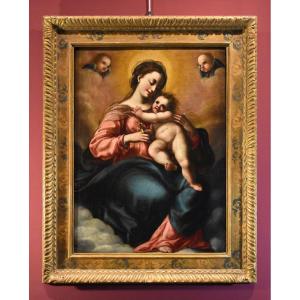
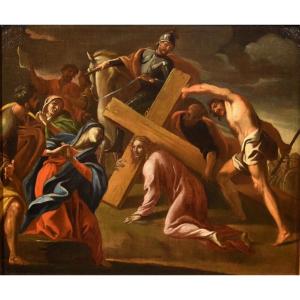

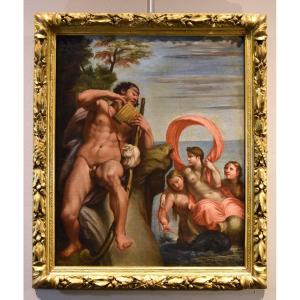
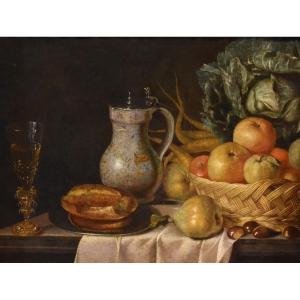
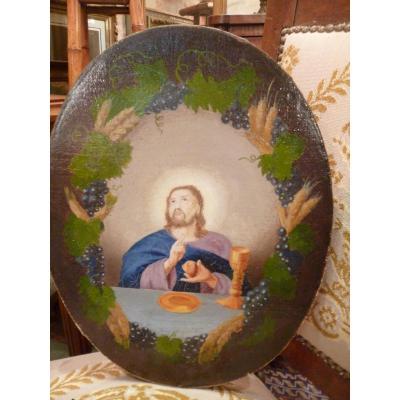

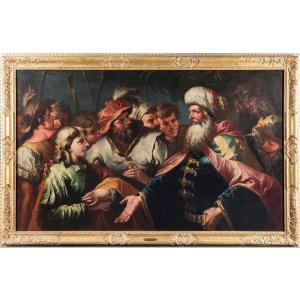

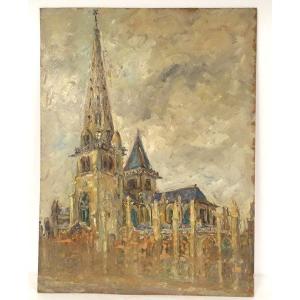





 Le Magazine
Le Magazine Rivista Artiquariato
Rivista Artiquariato TRÉSORS magazine
TRÉSORS magazine











